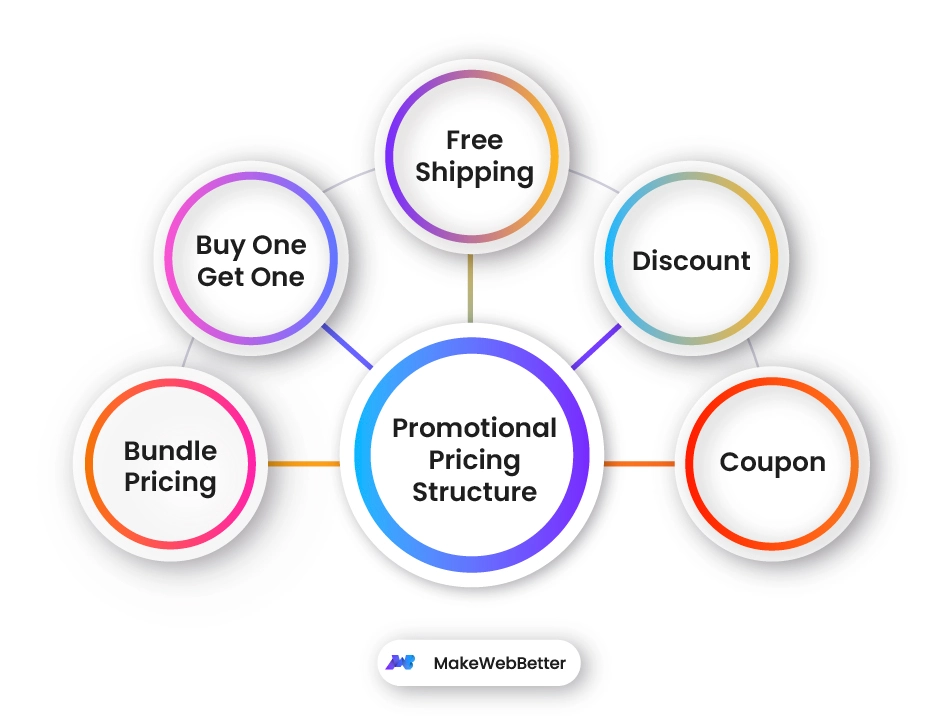Why Flexibility is Important in Creating Your Pricing Strategy
Why Flexibility is Important in Creating Your Pricing Strategy
Blog Article
Understanding Prices Approaches: A Guide to Boosting Competitiveness
In a progressively competitive landscape, grasping prices approaches is important for companies intending to improve their market setting. Numerous prices versions, such as cost-plus and value-based strategies, can dramatically influence just how a company connects its worth proposal. Additionally, understanding competitor pricing and the psychological aspects that impact customer actions can produce a nuanced technique to rates that reverberates with target market. However, the implementation of these approaches is not straightforward-- there are essential considerations that can determine success or failure. What factors should be focused on to guarantee performance in this vibrant environment?
Relevance of Rates Approaches
In the competitive landscape of organization, the importance of prices strategies can not be overemphasized. Pricing works as a crucial bar for businesses, affecting both market positioning and customer perception. A well-defined pricing technique can boost success, drive sales, and develop an affordable edge.

Understanding customer habits is important in crafting pricing strategies. Insights into rate sensitivity, perceived worth, and competitive offerings allow companies to adapt their rates versions appropriately. Furthermore, routine assessment of rates effectiveness is necessary to reply to market characteristics and customer patterns.
Inevitably, a durable rates strategy is indispensable not only for earnings generation but additionally for long-term service practicality. It forms brand identity, affects client commitment, and plays an essential duty in the overall advertising and marketing technique. Thus, companies need to invest time and sources in developing and fine-tuning their prices approaches to grow in an ever-evolving marketplace.
Sorts Of Pricing Models
Exactly how operate figure out one of the most effective way to value their services or products? The answer hinges on comprehending numerous pricing designs, each suited to different market conditions and company purposes.
One widespread version is cost-plus pricing, where a fixed percentage is contributed to the complete price of manufacturing. This approach ensures that all prices are covered while generating a profit. On the other hand, value-based pricing concentrates on the regarded value of the product to the consumer, enabling companies to charge a premium based upon client demand and fulfillment.
An additional method is dynamic pricing, typically used in markets such as travel and hospitality. This version readjusts prices in real-time based upon market need, competitor prices, and various other outside elements. Infiltration prices is likewise significant, where services at first set reduced prices to enter an open market and gain market share, later on raising prices once a consumer base is established.
Finally, skimming prices includes setting high initial rates for ingenious or new items, taking advantage of early adopters prior to lowering costs in time. Understanding these designs allows organizations to tactically position themselves in the marketplace, aligning their pricing strategies with their overarching goals.

Studying Rival Rates
Recognizing competitor prices is an essential facet of creating an effective prices approach. Organizations must carry out comprehensive analyses of their rivals' prices structures to determine market positioning, assess potential dangers, and discover chances for distinction. This entails gathering information on competitors' costs, advertising strategies, and any kind of discounts or incentives they offer.
Beginning by recognizing crucial competitors within your sector. Utilize various tools next page such as marketing research reports, rival web sites, and pricing comparison platforms to gather relevant information. Evaluate their pricing models, consisting of any kind of tiered rates systems, membership costs, or bulk discounts. Understanding the reasoning behind these prices techniques can give understandings right into customer actions and choices.
Consider the effects of rival pricing on your value proposal. If competitors offer comparable products at reduced prices, you might require to stress unique marketing points or enhance consumer solution to validate your pricing.
Inevitably, analyzing competitor rates not just notifies rates decisions but also aids services stay competitive in a continuously advancing market landscape.
Psychological Pricing Techniques
Mental pricing methods utilize customer psychology to influence buying choices and improve the viewed value of products. These methods are based in the understanding of exactly how customers process pricing info and the psychological feedbacks that accompany it. One typical technique is charm rates, where prices are established simply listed below a rounded number, such as $9.99 rather than $10.00. This technique exploits the tendency of consumers to view rates as lower than they really are, encouraging impulse acquisitions.
An additional reliable approach is stature prices, where greater rates are related to better. this This technique interest consumers' desire for standing and exclusivity, positioning products as exceptional offerings. In addition, bundling products together at a discounted price can develop a sense of value, motivating customers to buy greater than they at first planned.
Scarcity prices, which stresses limited availability or time-sensitive offers, can additionally set off urgency, pressing consumers to act promptly. By recognizing and using these psychological pricing techniques, organizations can successfully shape customer understandings, drive sales, and eventually improve competitiveness in the marketplace.
Implementing and Changing Strategies

As soon as information is gathered, services need to assess their rates models versus current market problems. This might include taking on dynamic pricing strategies that enable for real-time changes based upon supply and demand fluctuations. Companies ought to also consider segmenting their market to customize rates for various customer groups, boosting perceived worth and driving sales.
Frequently assessing prices approaches is vital. This can be accomplished through A/B screening or consumer responses, which provides understandings into the performance of present prices. Furthermore, companies need to remain adaptable to adapt to unanticipated modifications, such as economic slumps or emerging rivals.
Conclusion
To conclude, efficient prices methods function as an essential component for organizations aiming to enhance competition in a changing market. By leveraging numerous pricing designs, analyzing rival prices, and utilizing their explanation emotional strategies, companies can much better place themselves and connect value to customers. In addition, on a regular basis adjusting these strategies in feedback to market characteristics and customer habits is necessary for making certain long-term sustainability and earnings, eventually cultivating and driving sales customer commitment.
In a significantly affordable landscape, understanding rates approaches is crucial for businesses intending to improve their market placement. Comprehending competitor prices and the psychological elements that influence consumer habits can create a nuanced method to pricing that reverberates with target audiences.Comprehending competitor rates is a vital element of formulating an effective pricing technique. Evaluate their pricing models, including any kind of tiered prices systems, registration fees, or mass discounts. By leveraging various rates designs, assessing rival rates, and using emotional techniques, business can much better place themselves and communicate value to customers.
Report this page